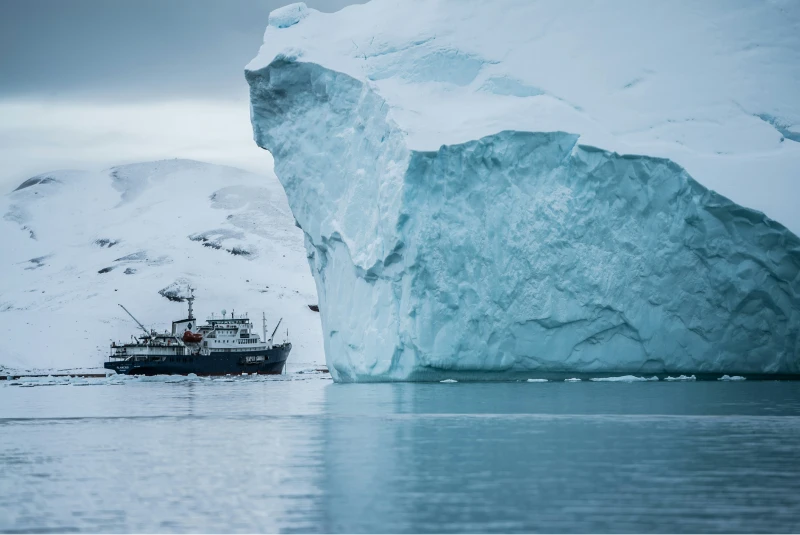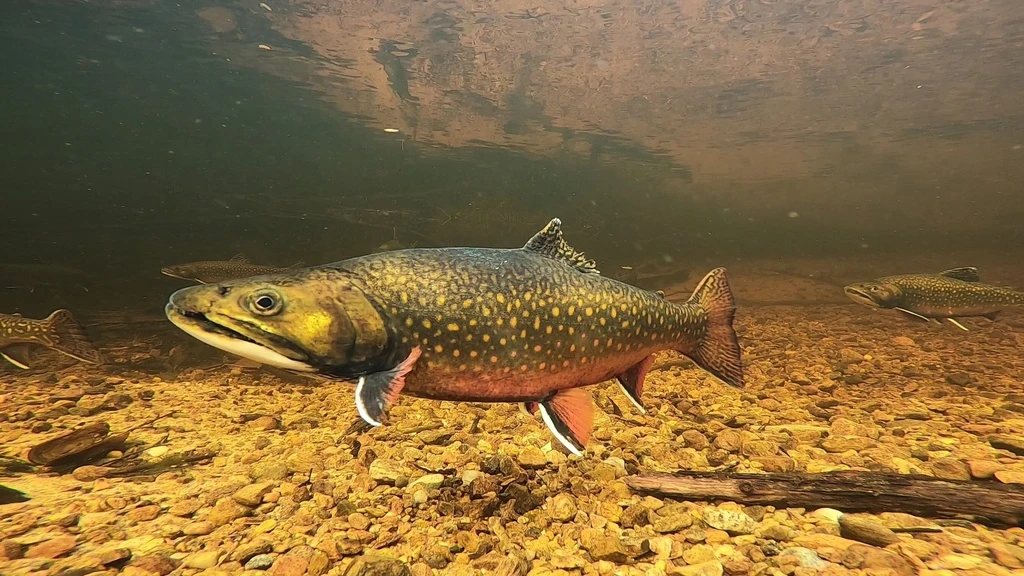Invasive Species Worsening Climate Change
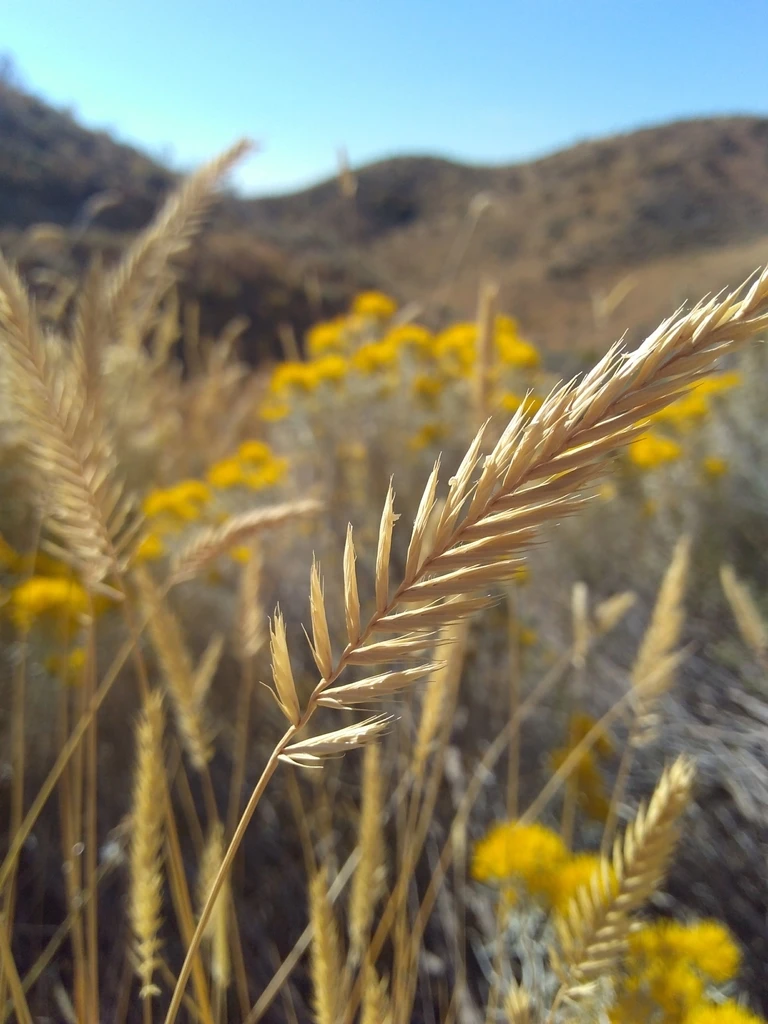
ECOSYSTEM RESILIENCE
Invasive species make ecosystems more vulnerable to climate change. For example, invasive plants in warming and drying habitats can increase fuel for wildfires, leading to more frequent and severe fires.
CARBON SEQUESTRATION
Biodiverse ecosystems are better at storing carbon in the soil, which helps mitigate climate change. However, invasive species contribute to biodiversity loss, reducing carbon storage. In fact, some invasive species thrive in environments with more carbon dioxide, creating a cycle that favors their spread and lowers the land’s ability to store carbon.
Example: Crested Wheatgrass
Crested wheatgrass, introduced to North America in the mid-20th century, now dominates prairie ecosystems in Canada and the U.S. Unfortunately, soil under this invasive plant has 25% less carbon than soil under native species, contributing to significant carbon loss.
Climate Change Amplifying Invasive Species
Climate Change’s Impact on Native Species
Climate change is also forcing native species to move to new habitats in search of suitable conditions. While these shifts can create challenges, such as new interactions with other species, they are part of natural resilience and should not be confused with invasive species, which cause more harm to ecosystems.
Example: Moose and White-tailed Deer
As temperatures rise, white-tailed deer are moving northward into moose habitats, bringing parasites that are causing significant moose population declines. Meanwhile, moose are also moving north, potentially displacing caribou populations.
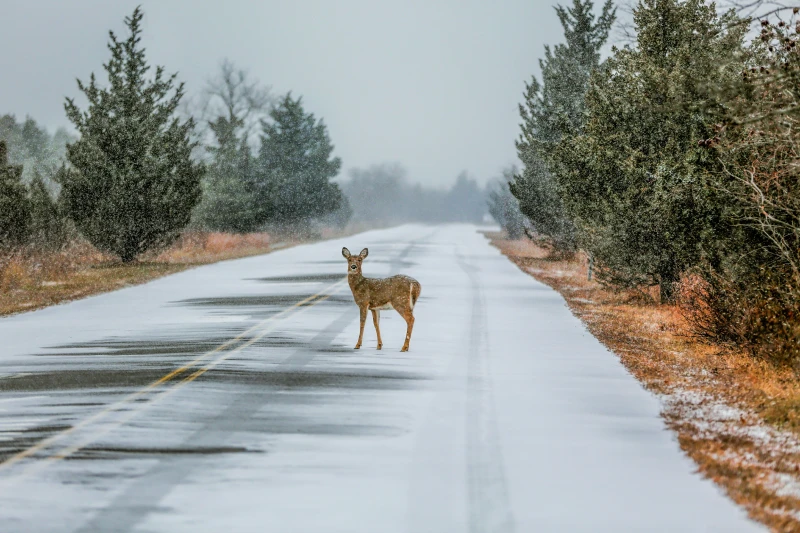
2023 Wildfire Season and Future Outlook
The Impact of Climate Change and Invasive Species on Canada’s Fire Regime
Wildfires are natural disturbances that play a crucial role in forest health and renewal. However, human-induced factors such as climate change, drought, land-use changes, and the spread of non-native species have led to more intense, frequent, and widespread fires.
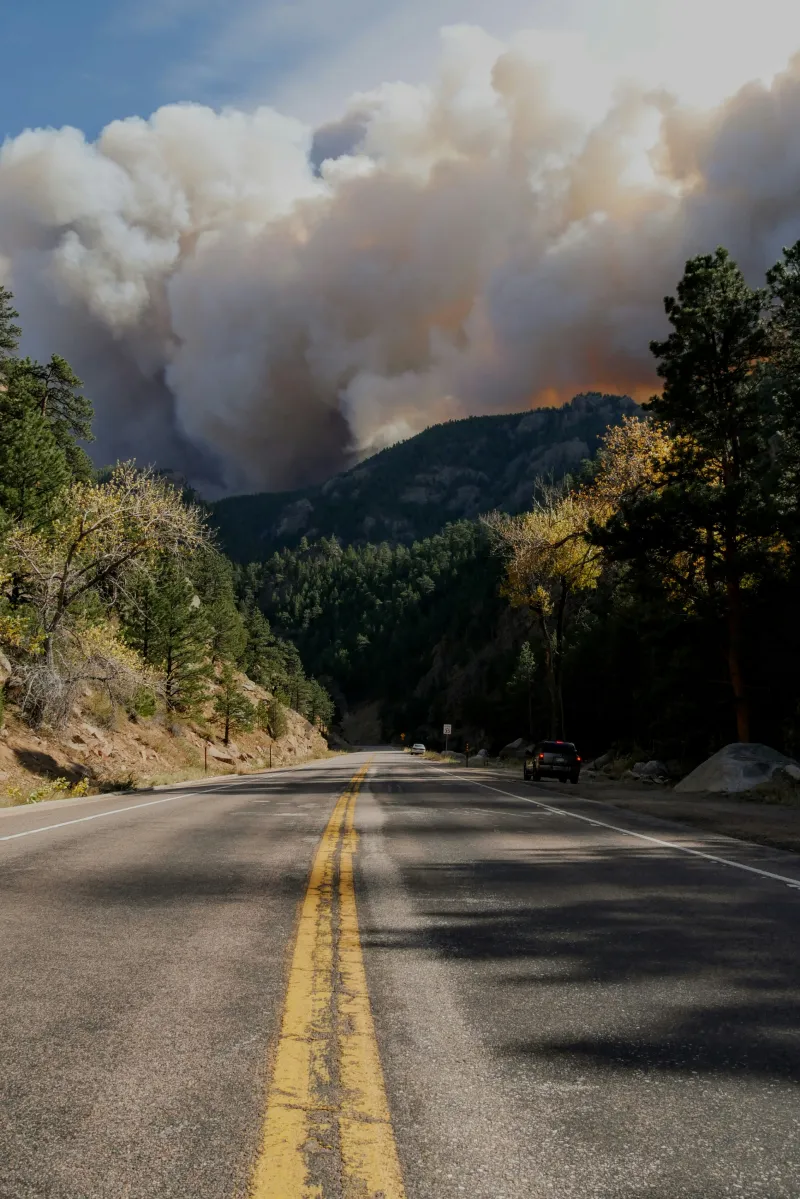
The 2023 Canadian wildfire season was unprecedented
In 2023 fires burned over an area six times larger than the historical average in Canada. Experts warn that the conditions driving these extreme fire events—such as rising temperatures and drier landscapes—are likely to worsen in the coming years. As a result, Canada’s fire regime is expected to shift further, leading to more frequent, intense, and widespread wildfires in the future.
Climate Change and Wildfires
Human-driven climate change is creating conditions that fuel large-scale, intense wildfires. These include:
- Less frequent but more sporadic summer rainfall
- Hotter summer temperatures
- Earlier and longer-lasting fire seasons
- Shifts in wind patterns
- More frequent lightning strikes
- Drier fuels
Invasive Species and Wildfires
INVASIVE SPECIES CAN EXACERBATE WILDFIRES
Non-native plants can act as additional fuel for wildfires, making fires spread faster and burn more intensely.
Invasive forest pests like emerald ash borer, hemlock woolly adelgid, Dutch elm disease and mountain pine beetle, can cause wide-spread tree mortality. This dead wood acts as an ideal fuel for wildfires.
WILDFIRES CAN SPREAD INVASIVE SPECIES
After wildfires, disturbed ecosystems are more vulnerable to invasive species. These species can quickly colonize burned areas, outcompeting native plants and further altering the ecosystem.
Human responses to wildfires, such as staging areas (temporary locations for fire crews, equipment, and resources), fire breaks (a strip of cleared land that acts as a barrier to wildfire spread), aerial water dumping, etc. are often the largest threat for spreading invasive species associated with wildfires.
Did you miss the 2024 Wildfires, Climate Change, and Invasive Species Conference?
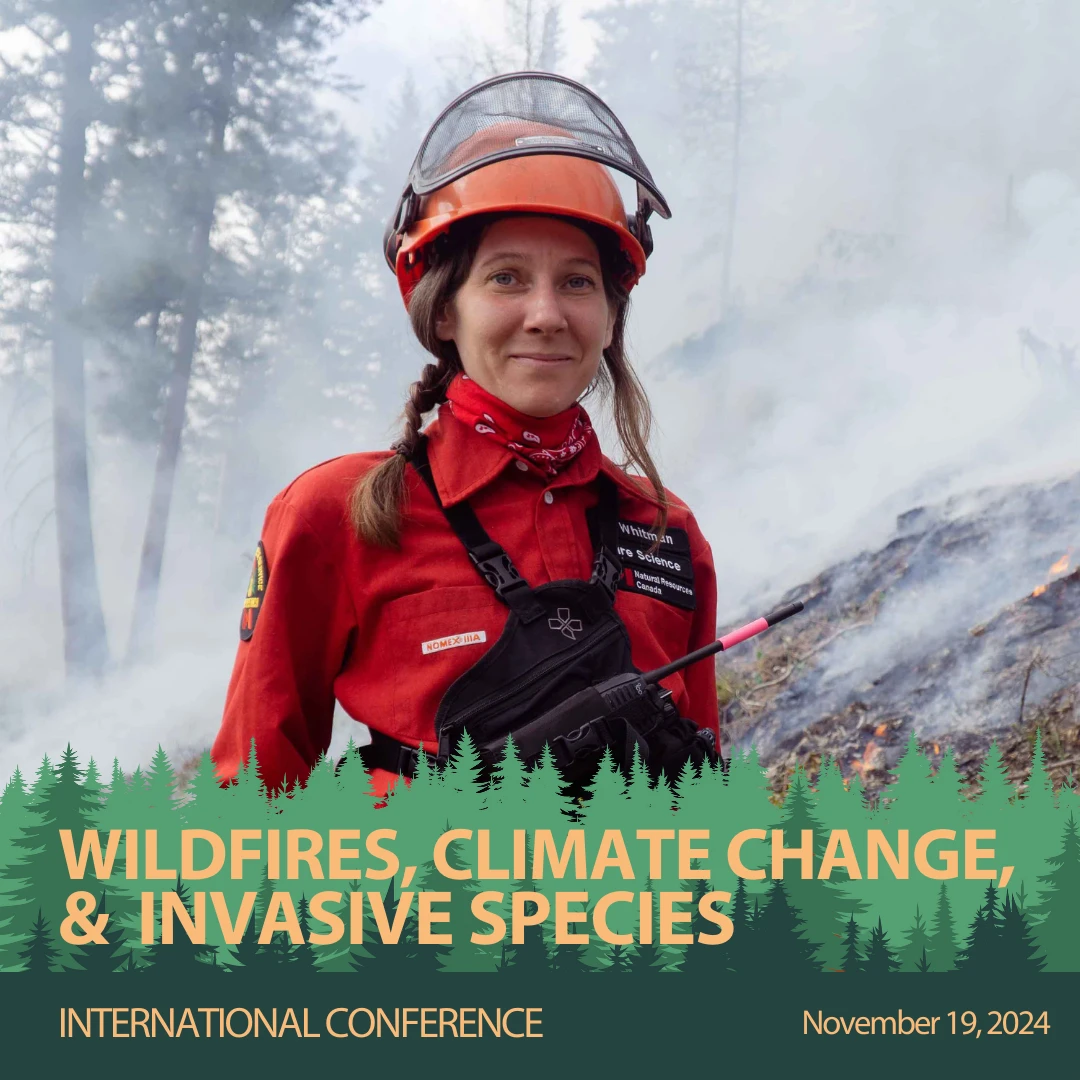
Identifying actions to mitigate the destructive interactions between wildfires, climate change and invasive species. Hosted by the Invasive Canada.
Following record-breaking wildfire seasons across Canada and the United States, the Wildfires, Climate Change and Invasive Species conference brought together leading experts, innovators and professionals for a day of unparalleled engagement and knowledge-sharing. Over 20 speakers from across Canada and the US shared their research and expertise to an audience of over 300. Attendees represented government, practitioners, non-profits, academia, Indigenous leaders and others. Through engaging discussions, knowledge-sharing, and communication across borders, this event tackled some of the most urgent environmental challenges facing our forests and communities.
